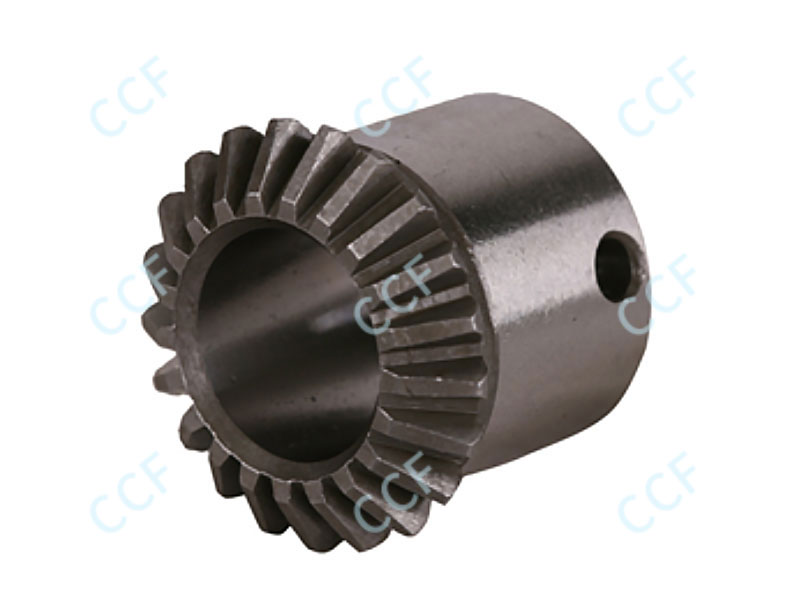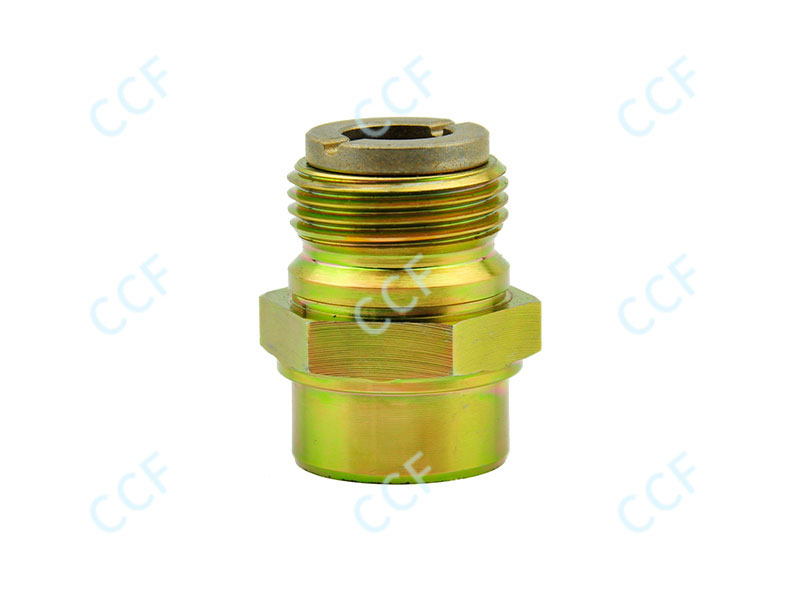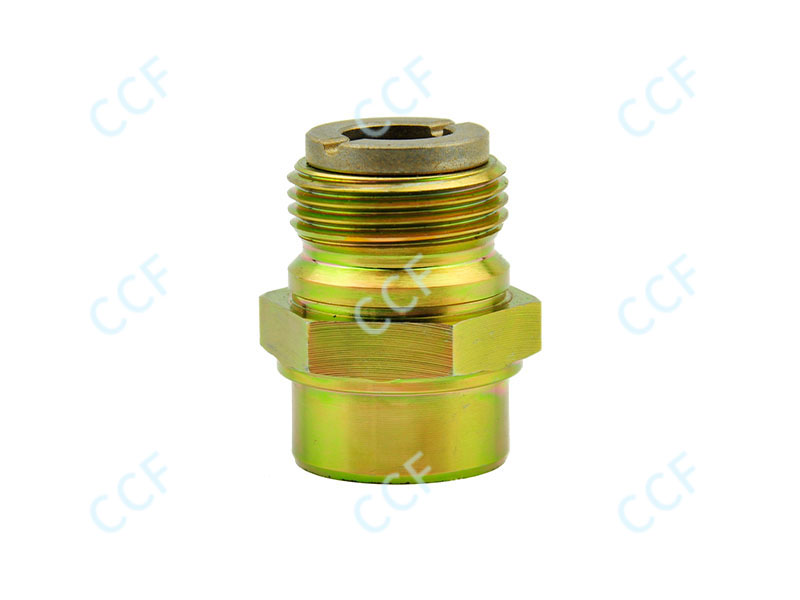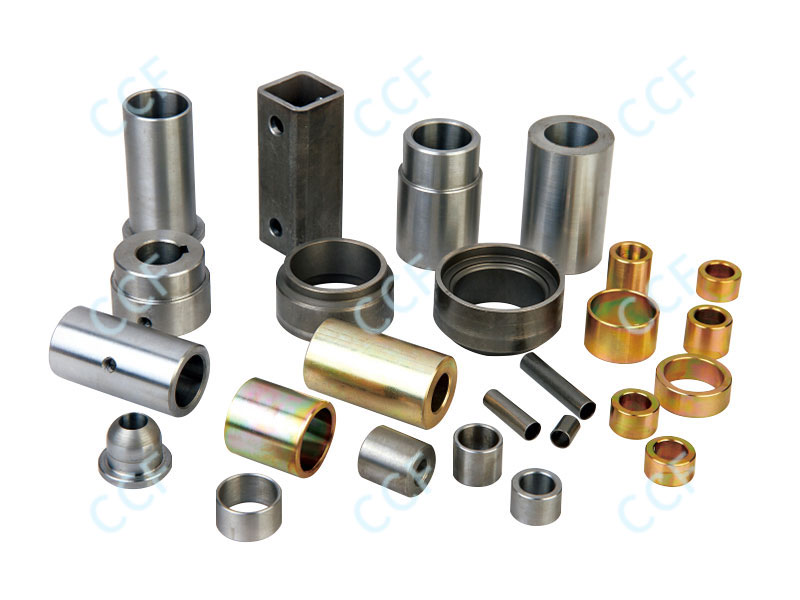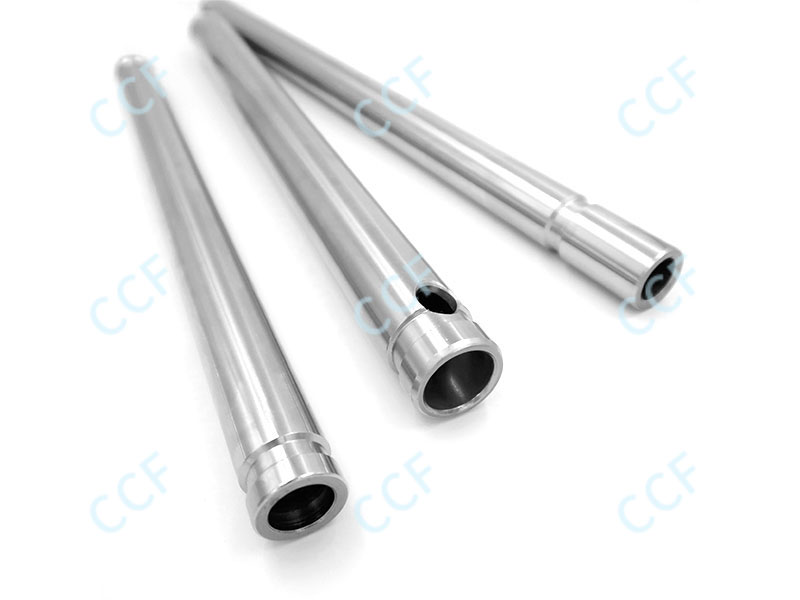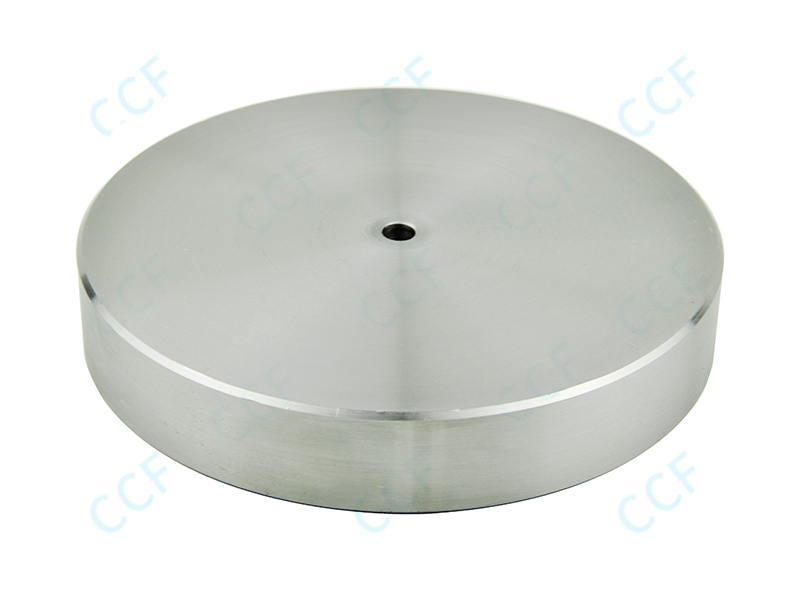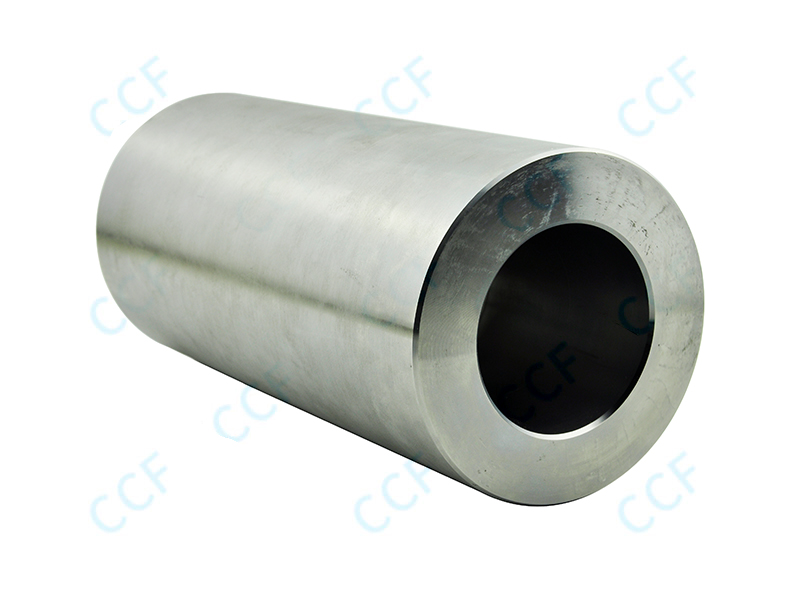When industrial motor bearings are running, the noise and vibration of the bearings may be caused by improper installation. If the installation process is not carried out in accordance with the prescribed standards and methods, the bearings may be subjected to uneven loads or incorrect alignment. This asymmetric or uneven force will cause abnormal noise or unstable vibration when the bearing is running, further aggravating the wear of the equipment. During installation, ensuring the connection accuracy between the bearing and the motor and the correct installation angle of the bearing itself can effectively reduce the noise and vibration caused by improper installation.
Insufficient lubrication or poor lubrication is also one of the main causes of noise and vibration. Lubricating oil or grease plays a vital role in bearings, which can reduce friction and ensure smooth operation of bearings. If the lubrication is insufficient or the quality of the lubricant is poor, the bearing will generate greater friction when rotating, resulting in noise and vibration. In addition, too much or too little lubricant will affect the normal operation of the bearing, and even lead to excessive oxidation of the lubricant, which will cause damage to the bearing surface.
Another common cause is damage or wear inside the bearing. With long-term operation, the rolling elements, cages and other components of the bearing will gradually wear due to friction and load. The worn surface is no longer smooth, resulting in uneven contact, which can cause vibration and noise in the bearing during operation. Especially under high load or high temperature environment, the bearing will wear faster, and the noise and vibration problems may become more obvious.
The ingress of external contaminants is also a common cause of bearing noise and vibration. Contaminants such as dust, dirt, moisture or chemicals in the working environment enter the bearing and may affect the performance of the lubricant or directly damage the bearing surface. The presence of contaminants can cause unevenness or corrosion on the bearing surface, increase friction, and thus produce abnormal noise and vibration. Therefore, it is particularly important to keep the bearing clean and prevent external contaminants from entering the bearing in the environment where the motor operates.
In addition to these factors, bearing design defects or manufacturing quality problems are also potential causes of noise and vibration. If there are material defects in the bearing during the manufacturing process or the design is unreasonable, the bearing may exhibit abnormal vibration and noise during operation. These problems may be difficult to solve through regular maintenance methods and may even affect the overall operating efficiency of the motor.
In some cases, the operating speed of the motor can also affect the performance of the bearing. Bearings behave differently when running at low and high speeds, and some types of bearings tend to produce higher noise and vibration at high speeds. If the motor runs at a speed that exceeds the bearing's load range or design parameters, the bearing may malfunction, generating excessive noise and vibration.
In addition to the above reasons, the load on the bearing will also affect its operating state. When the load on the bearing exceeds its design limit, the bearing will have to withstand more stress, resulting in noise and vibration. Overload can cause problems such as bearing surface damage and deformation, making it unable to work properly.

